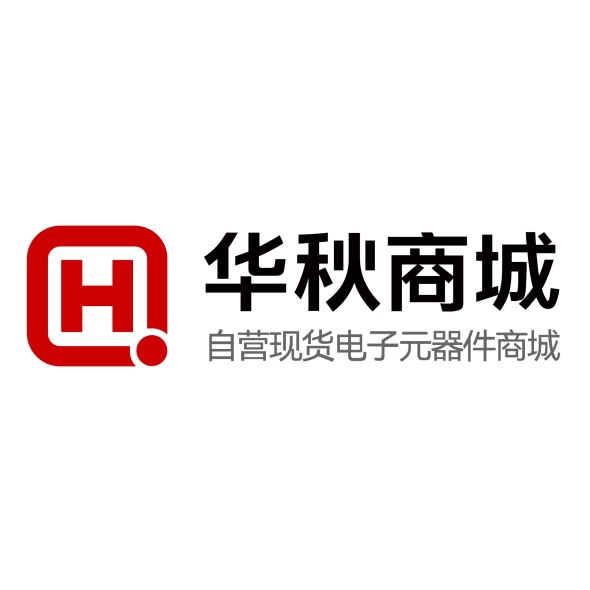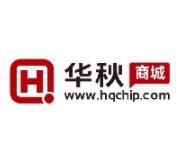| Vin (Min) (V) | 0.8 |
| Vin (Max) (V) | 1.8 |
| Vout (Min) (V) | 1.8 |
| Vout (Max) (V) | 1.8 |
| Switch current limit (Typ) (A) | 0.65 |
| Regulated outputs (#) | 1 |
| Switching frequency (Min) (kHz) | 360 |
| Switching frequency (Max) (kHz) | 840 |
| Iq (Typ) (mA) | 0.05 |
| Features | Enable, Light Load Efficiency, Power Good |
| Duty cycle (Max) (%) | 100 |
| Rating | Catalog |
- Start-Up Into a Full Load With Supply Voltages as
Low as 0.9 V Over Full Temperature Range - Minimum 100-mA Output Current From 0.8-V
Supply Voltage, 250 mA From 1.8 V - High Power Conversion Efficiency, up to 90%
- Power-Save Mode for Improved Efficiency at Low
Output Currents - Device Quiescent Current Less Than 50 μA
- Added System Security With Integrated Low-
Battery Comparator - Low-EMI Converter (Integrated Antiringing Switch
Across Inductor) - Micro-Size 10-Pin MSOP Package
- Evaluation Modules Available
(TPS6100xEVM–156)
The TPS6100x devices are boost converters intended for systems that are typically operated from a single- or dual-cell nickel-cadmium (NiCd), nickel-metal hydride (NiMH), or alkaline battery. The converter output voltage can be adjusted from 1.5 V to a maximum of 3.3 V and provides a minimum output current of 100 mA from a single battery cell and 250 mA from two battery cells. The converter starts up into a full load with a supply voltage of 0.9 V and stays in operation with supply voltages as low as 0.8 V.
The converter is based on a fixed-frequency, current-mode pulse-width-modulation (PWM) controller that goes into power-save mode at low load currents. The current through the switch is limited to a maximum of 1100 mA, depending on the output voltage. The current sense is integrated to further minimize external component count. The converter can be disabled to minimize battery drain when the system is put into standby.
A low-EMI mode is implemented to reduce interference and radiated electromagnetic energy that is caused by the ringing of the inductor when the inductor discharge-current decreases to zero. The device is packaged in the space-saving 10-pin MSOP package.








